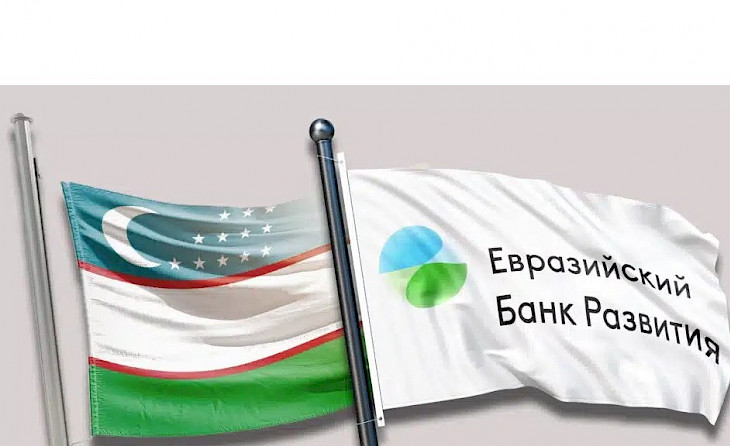The Eurasian Development Bank (EDB) has unveiled a new analytical tool titled "Model for Macroeconomic Analysis and Forecasting of Uzbekistan’s Economy". This model enhances the Bank’s ability to analyze and project macroeconomic trends within the country. Integrated into EDB’s broader modeling framework, it enables more accurate and comprehensive forecasting of economic developments across the Bank’s member countries, accounting for the strong interconnections between them, the Bank’s official website informed.
With this development, the EDB joins the ranks of leading international institutions engaged in economic forecasting for Uzbekistan. The model will help strengthen evidence-based decision-making mechanisms by providing the country with an additional independent source of macroeconomic assessments and scenario analysis. The EDB’s research activities are conducted in close cooperation with national authorities and other international development institutions, increasing their practical relevance and value.
The EDB’s model is both theoretically robust and sufficiently flexible, making it well-suited to analyzing Uzbekistan’s economy. Key features of the model include:
-
analysis of the effects of global, regional, and domestic shocks on Uzbekistan’s economy;
-
assessment of the impact of fiscal, monetary, and exchange rate policies on key macroeconomic indicators;
-
medium-term scenario forecasting of economic development; and
-
risk evaluation for macroeconomic stability.
“EDB continuously advances modern tools for macroeconomic analysis in the interests of its member states. This model incorporates inter-country linkages, allowing us to assess how economic developments in one country influence others. This is particularly relevant for the closely integrated and developing economies in the region,” said Evgeny Vinokurov, Deputy Chairman of the Management Board and Chief Economist of the EDB.
“The Uzbekistan model includes a large set of equations that reflect both domestic and external economic linkages. In addition to GDP, inflation, exchange rate of the Uzbek som, and interest rates, it incorporates variables such as fiscal policy parameters, wage levels, net cash inflows, and trade volumes with other countries. This significantly enhances analytical and forecasting capabilities. The EDB will release its first forecast for Uzbekistan within a month,” he added.
Uzbekistan officially became the seventh member of the Eurasian Development Bank in April 2025, when President Shavkat Mirziyoyev signed a law ratifying the country’s accession to the EDB’s founding agreement. With a 10% equity share, Uzbekistan is now the third-largest shareholder in the Bank.
CentralasianLIGHT.org
May 19, 2025

